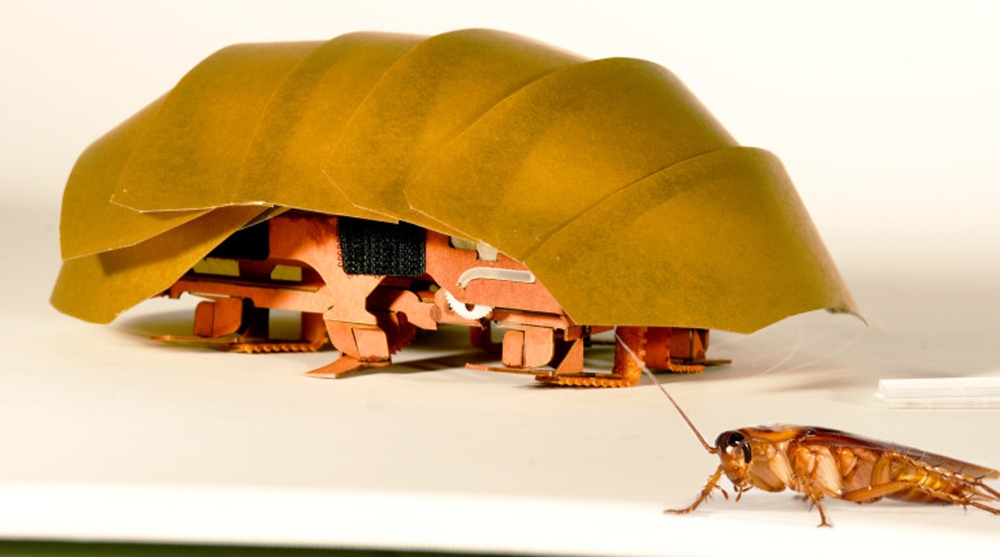WASHINGTON — When buildings collapse in future disasters, the hero helping rescue trapped people may be a robotic cockroach.
Repulsive as they may be, roaches have the remarkable ability to squish their bodies down to one quarter their normal size, yet still scamper at lightning speed. Also, they can withstand 900 times their body weight without being hurt. That’s equivalent to a 200-pound man who wouldn’t be crushed by 90 tons on his head.
The amazing cockroach inspired scientists to create a mini-robot that can mimic those feats of strength and agility.
The researchers hope swarms of future roach-like robots could be fitted with cameras, microphones and other sensors and then used in earthquakes and other disasters to help search for victims by squeezing through small cracks. The skittering robots could also let rescuers know if the rubble pile is stable.
Cockroaches “seem to be able to go anywhere,” said University of California at Berkeley biology professor Robert Full, co-author of a study about the prototype cockroach robot. “I think they’re really disgusting and really revolting, but they always tell us something new.”
The study was published Monday in the journal Proceedings of the National Academy of Sciences.
The palm-size prototype, called the Compressible Robot with Articulated Mechanisms, or CRAM, looks more like an armadillo and walks sort of like Charlie Chaplin when it’s compressed. It’s about 20 times the size of the roach that inspired it. And it’s simple and cheap.
Co-author Kaushik Jayaram, a Harvard robotics researcher, said the most difficult part was the design, but after that he used off-the-shelf electronics and motors, cardboard, polyester and some knowledge of origami. He could probably put one together in about half an hour, he estimated.
All told, the prototype probably cost less than $100, Jayaram said. He figures if mass-produced, with sensors and other equipment added on, the robots could eventually cost less than $10 apiece.
In the past, when engineers looked at trying to create robots that could get into tight places, they thought about shape-changing soft animals like worms, slugs or octopuses, Full said. But the cockroach, which already is studied by roboticists for other abilities, has certain advantages, including crush-resistance and speed.
Full and colleagues found roaches used a newly identified type of locomotion to ooze through cracks and crevices based on the ideal amount of belly friction.
Send questions/comments to the editors.



Success. Please wait for the page to reload. If the page does not reload within 5 seconds, please refresh the page.
Enter your email and password to access comments.
Hi, to comment on stories you must . This profile is in addition to your subscription and website login.
Already have a commenting profile? .
Invalid username/password.
Please check your email to confirm and complete your registration.
Only subscribers are eligible to post comments. Please subscribe or login first for digital access. Here’s why.
Use the form below to reset your password. When you've submitted your account email, we will send an email with a reset code.